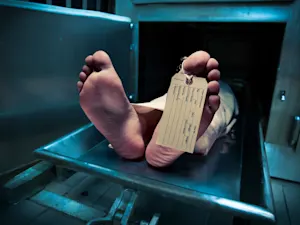
Boston Marathon Bombing: Little Known Facts
The Boston Marathon bombing on April 15, 2013, marks a significant and somber moment in U.S. history, remembered for both tragedy and acts of bravery. While many are familiar with the immediate chaos and heroic responses that followed, additional unfamiliar facts and insights offer a deeper understanding of the event and its broader impact. Here, we explore some lesser-known aspects to provide a more comprehensive view of the tragic incident.
Pre-Attack Warning Signs Overlooked
In the days leading up to the bombing, numerous warning signs from the bombers, brothers Dzhokhar and Tamerlan Tsarnaev, went unnoticed and unaddressed. Dzhokhar's social media hinted at his radicalization, while Tamerlan's prior domestic violence arrest and extremist outbursts raised red flags. Despite these signs and Tamerlan's presence on an FBI watchlist, their threat was not fully recognized.
Deadly Researchers
The Tsarnaev brothers accelerated their plans for the Boston Marathon bombing by drawing on extremist resources for their bomb-making knowledge. Influenced by the radical teachings of Anwar al-Awlaki and materials such as Al Qaeda's Inspire Magazine, which included instructions for creating homemade explosives, they were able to prepare their devices sooner than anticipated. This self-taught expertise in explosives is believed by many to have played a significant role in executing their plot ahead of schedule.
Post-Attack Dissonance
Following the tragedy, Dzhokhar Tsarnaev's attempt to resume a semblance of normal life was unsettling. His casual interactions and everyday activities in the immediate aftermath starkly contrasted with the horror of the events, revealing a chilling disconnection from the gravity of his actions.
Medical Miracles
Remarkably, every individual wounded in the bombing who reached a hospital survived. This extraordinary outcome was the result of rigorous emergency preparedness and medical training. The adept response from Boston's healthcare system, honed through years of planning and practice, played a crucial role in this success.
The Power of Preparation
The success of the emergency response was deeply rooted in exhaustive pre-event planning. For years, the Boston Marathon served as a drill for disaster response protocols, a testament to the city's commitment to resilience and readiness.
Unified Leadership in Crisis
According to experts, the bombing underscored the efficacy of "swarm leadership," where collaboration, devoid of ego, paved the way for a unified and effective response. The concerted effort across agencies and on an individual level exemplified the paramount importance of a collective mission in crisis situations.
References: Chilling Details From The Boston Marathon Bombing | Lessons learned from the Boston Marathon bombing, 10 years out | The Boston Marathon Bombings























